Improve Swimming Flexibility

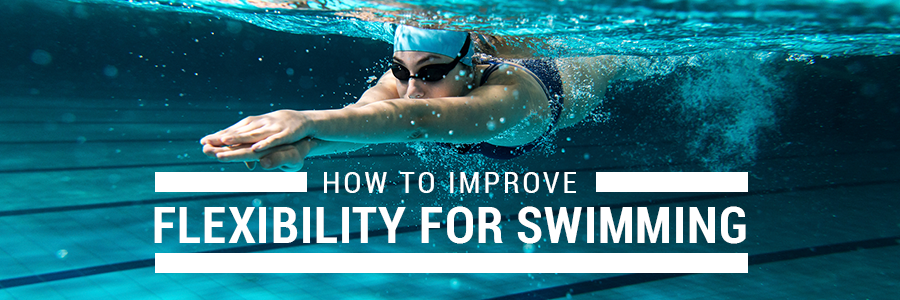
Swimming is a solid aerobic workout for the entire body, making it one of the most beneficial types of workouts you can do. Water provides resistance to boost the quality of your workout, while immersion lightens your body weight, so there’s no impact on your joints. Swimming improves cardiovascular health, increases weight loss and encourages strength and flexibility.
However, the fact that swimming is low impact and actually promotes flexibility means swimmers may overlook the importance of flexibility-enhancing exercises outside the pool. By nature, swimmers tend to be flexible and have loose connective tissues. Nevertheless, regularly performing dry-land warm-ups and stretches will help swimmers to become more flexible. Doing so is essential in preventing injury, improving performance in the water and lengthening your muscles.
The Importance of Flexibility for Swimming
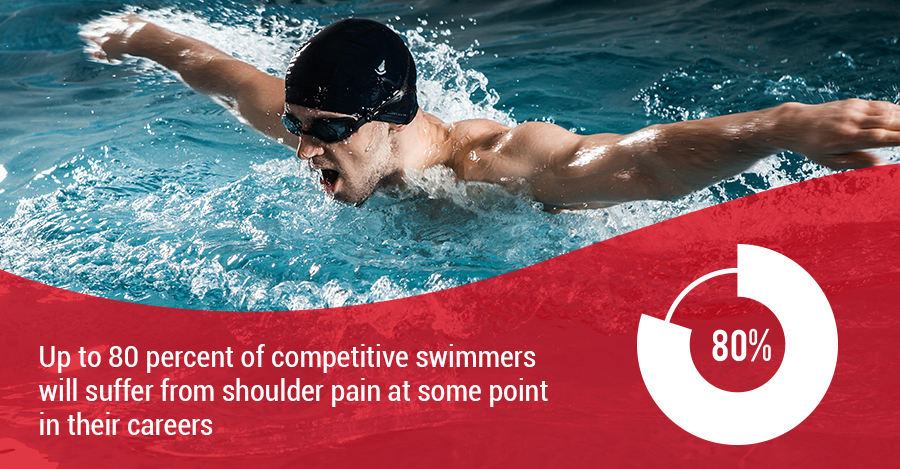
Think of your muscles as a stick of gum. When you pull a piece out of the pack on a cold day, it’s brittle and inflexible. But when it’s warm, the gum becomes pliable and soft. When your muscles are stretched, the individual fibers lengthen, creating more force when they contract. More force equals more powerful strokes in the pool.
Additionally, improved flexibility leads to smoother, more fluid motion in the pool. When you are swimming, your body’s side-to-side movement creates turbulence in the water, which slows you down. Flexibility training increases your range of motion, so that you can move your joints, not your whole body. This smoother movement means less turbulence and greater speed.
Like with any strenuous physical activity, stretching exercises help to warm up and cool down muscles, keeping injuries at bay. For swimmers, certain areas of the body need more stretching — especially the shoulders and ankles. The shoulders are particularly at risk of injury: Up to 80 percent of competitive swimmers will suffer from shoulder pain at some point in their careers, due to faulty stroke mechanics, training errors, overuse of certain muscles and imbalances in muscle use.
How can a swimmer get more flexible? The best way is to dive head first into a regular regimen of safe, effective exercises.
OUCH! The Dangers of Stretching the Wrong Way
Overstretching is a common mistake that swimmers and nonswimmers alike make. The knees and hips are particularly vulnerable to this. A stretch should pull and require some effort, but it should never hurt. Never force your body to stretch into a painful position.
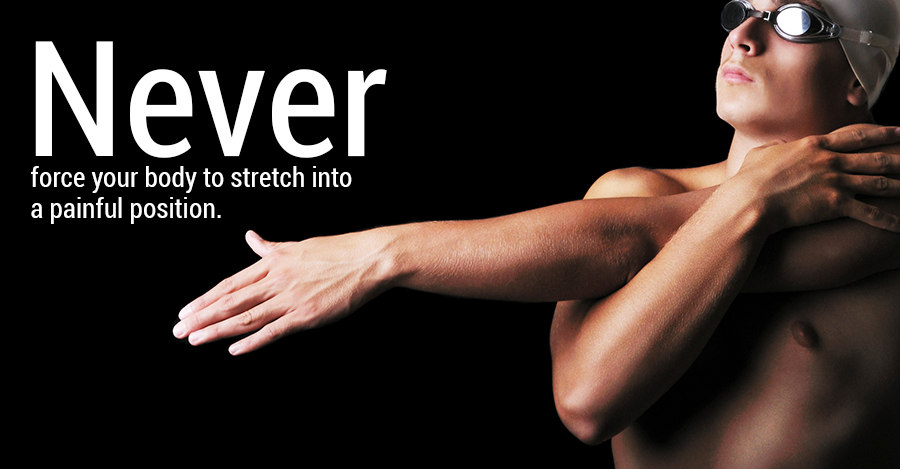
Also, never have another person pull your arms backward or forward, or force a stretch further. That second person can’t feel what you feel, and by the time you say “stop,” it may be too late to prevent serious damage. You should also avoid bouncing and jerking movements as well, because they can cause painful damage to the muscles and joints.
How Swimmers Should Stretch to Maximize Flexibility
The unique movements that swimmers make call for particular kinds of stretches. For instance, because swimmers tend to overuse their quadriceps as they kick through the water, they tend to experience tightness in the front of their legs. This places a great amount of stress on the knees and hips. Pay close attention to these areas by carefully going through stretches recommended specifically for swimmers.
Partial-range movement builds strength, but for maximum flexibility, focus on full-range-of-motion exercises. For instance, go full depth on squats to build hip flexibility.
Swimmers should concentrate on stretches for the following muscle groups:
- Shins and quadriceps
- Hamstrings
- Hip adductors (Breast-strokers in particular should be vigilant with these stretches, as the groin, inner thighs and glutes need the full range of motion for their frog kicks.)
- Latissimus dorsi, or lats (the broad side muscles of the back) and back
- Chest and shoulders
- Triceps
Exercises to improve swimmers’ flexibility should incorporate both static and dynamic stretching.
Static stretches involve no movement, rather, the swimmer stretches and holds the position for a period of time (preferably at least 20 seconds, and usually 30-45 seconds). Static stretches enable the muscles to relax and elongate. It’s recommended to go through static stretches at the end of a workout, when the muscles are warm and flexible, so they’ll be more receptive to lengthening movements.
Dynamic stretches, also called mobility drills, incorporate movement. These drills increase the body temperature and blood flow, as well as range of motion. Dynamic stretches are advised for pre-swimming routines, as they warm the body and activate — not calm — the nervous system. However, dynamic stretches also can be useful for post-workout cool-downs. Studies have shown that swimming at a pace that is equal to the lactate threshold is better for the body than swimming lazily or sitting.
Dynamic stretches may be as simple as jumping jacks, squats or lunges, or they could be something more targeted, such as these shoulder warm-ups for swimmers that were developed for USA Swimming:
- With your arms down at your sides, bend your elbows 90 degrees. Rotate your arms externally back as far as you can without straining, pinching your shoulder blades together, and return your arms to the starting position.
- With your arms slightly bent, place the backs of your hands on your back at the belt line, bringing your elbows forward to start. Rotate your elbows back, so that your hands come outward, and squeeze your elbows and shoulder blades together, then return to the starting position.
- Raise your arms out in front of you, your elbows bent at 90 degrees so that your arms each make an “L” shape. Rotate your arms back so that you look like a goal post, arms out and hands up at either side, squeezing your shoulder blades together, and return to the starting position.
A complete and appropriate stretching routine for swimmers should:
- Include warm-ups
- Stretch all the muscles you’ll use when swimming
- Use static and dynamic stretches
- Involve holding stretches for at least 20 seconds and up to two minutes
- Incorporate repetitions
Yoga is a great method for incorporating stretches into your routine in a way that isn’t tedious or dull. It calls upon all muscle groups, and it lengthens them by asking you to hold a pose for a long period. By using slow, smoothly flowing movements, the blood pumps more rapidly and warms the muscles. Not only that, but its de-stressing effects can loosen muscles, which also improves movement.
You might also include a foam roller in your stretching routine. Foam rollers loosen tight muscles and tendons by applying gentle pressure, much as a massage would. Pre-workout, a foam roller can prepare the body for movement, while post-workout rolling can help flush away toxins and speed recovery. Massage is advised for improving flexibility because it breaks up knots and tissues that may be restricting your movement.
Recommended Exercises to Improve Swimmers’ Flexibility
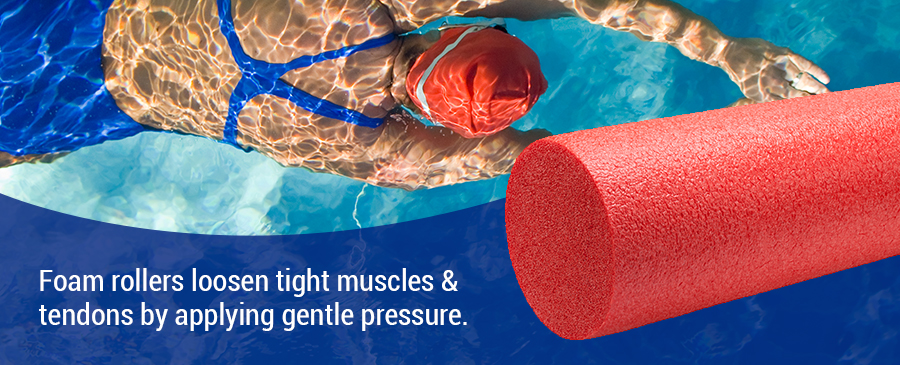
Serious swimmers should integrate a few basic stretches into their daily repertoire. The following is a good flexibility-enhancing routine doable anywhere in 15-20 minutes, without any special equipment. This routine involves all important muscle groups for swimmers:
- Door frame stretch for pectorals: Recommended by U.S. Masters Swimming, this exercise involves standing next to a door frame or other vertical surface (a post will also work) and placing your forearm vertically against it. Bend your elbow 60-90 degrees and step forward with the opposite leg, as if stepping through the door. This should give you a good stretch in the chest while protecting the shoulder joint. You can vary the angle of your arm in order to stretch different parts of the pectoral group.
- Two-part lats stretch: This stretch is also known as the “cat pose” in yoga. To achieve this pose, get on your hands and knees and round your back like an angry cat, tucking the tailbone and head down to create full roundness from head to tail. Reach your hands out straight ahead and sit your bottom back toward your heels, stretching the top of your back — much as a cat might stretch its back by reaching its paws out forward with its tail in the air. Once you’re in this position, move your hands to the right or left to stretch each side’s latissimus dorsi.
Or try this lats stretch at the pool: Stand on the upper rung of the pool ladder or edge of the pool (Be careful, it’s slippery!), and grasp your hands on the ladder rails. Bend forward and lean back, dropping your head between your arms, so that your arms are reaching straight ahead. You’ll feel this stretch through the length of your arms, down the back of your shoulders and along your latissimus dorsi muscles.
- Upper trapezius/levator scapulae stretch: Also called “overheads,” this exercise involves sitting in a chair and grasping the seat with one hand. Reach your other hand over the top of your head to the opposite ear and pull down gently while looking straight ahead, so that you are giving the side of your neck a full, elongating stretch. Repeat on the other side. You can also turn your head so that your nose goes down toward the armpit as you pull.
- Shin/quadriceps stretch: For most swim strokes, you point your toes to create a long, sleek line as you glide through the water. In order to achieve the longest line, your shins must be in top form, which is why this stretch is great for swimmers. For this position, stand next to a wall for support. Lift one foot behind you and grasp it with the same-side hand. Pull up on the leg behind you while keeping your body upright, holding the wall with your other hand if necessary. You should be able to feel this stretch on the top of your foot and along the front of your shin. Repeat on the other side. The quad stretch is similar, except that instead of grasping your toes, you grasp your shin. This raises the stretch to the thigh, and you should feel it from the hip all the way down to the knee, lengthening and pulling that quad muscle, which in a swimmer is often tight.
- Calf stretch: Standing facing a wall, about three feet away from it, and step your right foot back, toes facing forward. Work to keep your heel down as you lean forward toward the wall, keeping your right knee straight. Rotate the toes outward slightly in order to target your stretch toward the medial and lateral parts of this muscle. Hold each stretch for 20-30 seconds, and repeat on the other side.
- Hamstring stretches: Your hamstrings, along with your glutes, provides you with propulsion through the water, so it’s important that they be flexible.
- To perform the first stretch, sit on the floor with your right leg straight out in front of you and the left leg bent outward, toes pointed in toward your right leg. The bent leg should be relaxed. Lean forward and try to touch the toes on the extended right leg with your right hand, using your left hand to push down on the right knee to keep that leg straight. It’s OK if you can’t reach your toes; just stretch out as far as you can, always trying to reach them but placing the right hand on the top of the foot, the ankle or the shin. Repeat this stretch on the left side, with the right leg bent.
- Alternatively, try the chair stretch. Stand facing a chair or table, and put your foot up on it. Keep your chest up and back straight. Bend forward at the hips, keeping your leg straight, and stretch the back of your thigh as much as you can. Hold this for about 30 seconds, and then repeat on the other side.
- Hip adductor stretch: This is also known as the “butterfly pose” in yoga because the legs resemble fluttering wings. This is a marvelous stretch for the groin muscles, which provide power for kicks, particularly in the breast stroke. Sit on the floor and bend the legs, pulling the feet inward toward the groin. Hold your ankles and use your elbows to push the knees down toward the floor as you lean slightly forward with a straight back.
- Two-part hip flexor stretches:
- Static stretch: For this stretch, get into a high kneeling position, with your left leg bent about two feet in front of your right knee. Your core should be in a neutral posture. Tense your right glute, and hold this position, driving your right knee slightly forward and raising your right arm up while leaning to your left side. Hold this position for 30-45 seconds, and then repeat on the other side.
- Dynamic scorpion stretch: This is a great example of a mobility drill that warms and stretches the hip flexors. Lie face down on the ground with the arms outstretched in line with the shoulders. Bend your right leg and bring it up toward the ceiling, then sweep it toward the left hand, getting it as close as possible without your right hand and forearm losing contact with the ground. Bring the leg back down and repeat on the other side. Do 10-12 repetitions.
More Tips for How to Improve Flexibility for Swimming
Your poolside routine is only part of a healthy commitment to overall fitness. In order to preserve your muscles for swimming, enhance your ability to glide effortlessly through the water and prolong your endurance for the duration of a swim, integrate the following tips from USMS into your daily life, in combination with gym workouts:
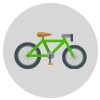 Keep moving! Being sedentary is the enemy of swimmer conditioning. If you use a computer, it’s easy to forget how much time has passed as you sit, staring and motionless. In fact, research shows that sitting for long stretches of the day can increase your chances for obesity, cancer and diabetes. Other methods for staving off sedentary habits include setting an alarm to remind you to get up and walk around every half hour or so (many fitness trackers do this automatically), placing drinks or snacks across the room to force yourself to get up and get them and arranging with coworkers to encourage each other to move. For example, why not plan miniwalks around the building a few times a day?
Keep moving! Being sedentary is the enemy of swimmer conditioning. If you use a computer, it’s easy to forget how much time has passed as you sit, staring and motionless. In fact, research shows that sitting for long stretches of the day can increase your chances for obesity, cancer and diabetes. Other methods for staving off sedentary habits include setting an alarm to remind you to get up and walk around every half hour or so (many fitness trackers do this automatically), placing drinks or snacks across the room to force yourself to get up and get them and arranging with coworkers to encourage each other to move. For example, why not plan miniwalks around the building a few times a day?
 Just breathe. Believe it or not, this bears repeating. It’s common to be caught up in daily stresses and forget to breathe deeply, which is essential for oxygenating the blood. Not only that, but sitting at a desk can cause you to hunch forward, compressing the chest cavity and limiting your oxygen supply. Remind yourself (set an alarm for this, too!) to lift your head occasionally and take a deep breath, getting the full range of motion in your diaphragm to ensure a good supply of air and increased lung function. Spend five minutes a day focusing on belly breaths, moving the belly button in and out as you breathe.
Just breathe. Believe it or not, this bears repeating. It’s common to be caught up in daily stresses and forget to breathe deeply, which is essential for oxygenating the blood. Not only that, but sitting at a desk can cause you to hunch forward, compressing the chest cavity and limiting your oxygen supply. Remind yourself (set an alarm for this, too!) to lift your head occasionally and take a deep breath, getting the full range of motion in your diaphragm to ensure a good supply of air and increased lung function. Spend five minutes a day focusing on belly breaths, moving the belly button in and out as you breathe.
 Use a lightweight resistance band. A resistance band, like those available at The Lifeguard Store, can aid in stretching by enhancing the stretch in a gentle way that you control — much more preferable to involving a second person. Resistance bands are particularly helpful in addressing the hard-to-stretch muscles in the chest.
Use a lightweight resistance band. A resistance band, like those available at The Lifeguard Store, can aid in stretching by enhancing the stretch in a gentle way that you control — much more preferable to involving a second person. Resistance bands are particularly helpful in addressing the hard-to-stretch muscles in the chest.
Eat well . For exercise-friendly meals, you’ll want to maintain a carbohydrate-protein ratio of 60:40. Examples might include a baked potato filled with beans, chili, or pasta meals filled with vegetables or tuna. Plan to include small, healthy snacks between meals, to sustain fuel throughout the day and pack in more energy. These may include fruits or vegetables (fresh or dried), nuts, energy bars, whole-grain cereal, yogurt or smoothies. It’s important to keep your blood sugar levels constant throughout the day.
. For exercise-friendly meals, you’ll want to maintain a carbohydrate-protein ratio of 60:40. Examples might include a baked potato filled with beans, chili, or pasta meals filled with vegetables or tuna. Plan to include small, healthy snacks between meals, to sustain fuel throughout the day and pack in more energy. These may include fruits or vegetables (fresh or dried), nuts, energy bars, whole-grain cereal, yogurt or smoothies. It’s important to keep your blood sugar levels constant throughout the day.
 Hydrate your muscles. Because water is a primary component of your muscles, they must be hydrated in order to improve their flexibility. Dehydration hinders performance, so focus on drinking plenty of water. A good recommended amount of water for athletes is about seven to 10 ounces of fluid every 10-20 minutes.
Hydrate your muscles. Because water is a primary component of your muscles, they must be hydrated in order to improve their flexibility. Dehydration hinders performance, so focus on drinking plenty of water. A good recommended amount of water for athletes is about seven to 10 ounces of fluid every 10-20 minutes.
 Visualize success. Mental preparation is as important as physical preparation. Give yourself mental breaks to visualize your perfect technique, to set goals for your next workout or race or establish strategies.
Visualize success. Mental preparation is as important as physical preparation. Give yourself mental breaks to visualize your perfect technique, to set goals for your next workout or race or establish strategies.
The Lifeguard Store wants to remind you that you should consult your physician before starting any exercise regimen. Keep checking this site for more tips for swimmers, the best in gear and the latest news in the industry.



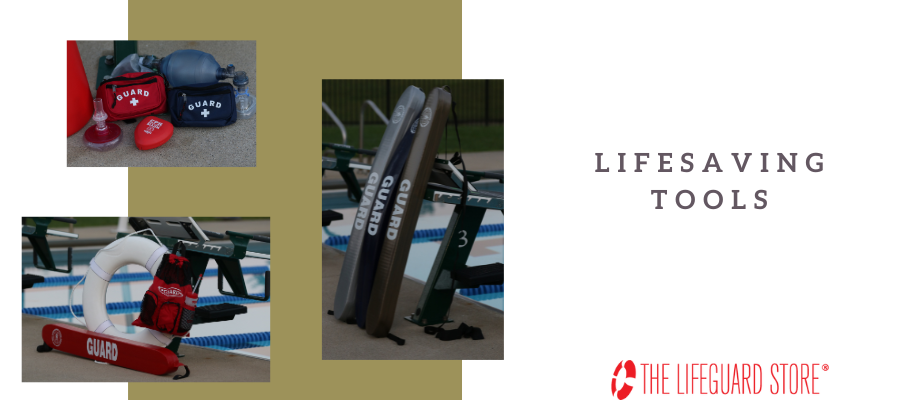
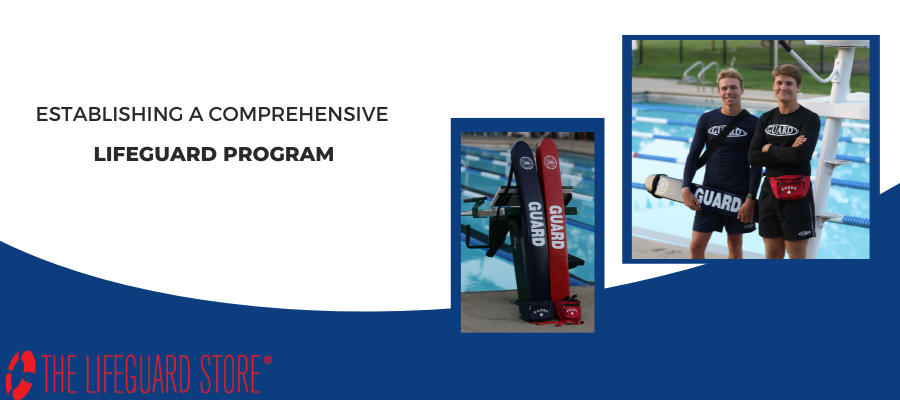
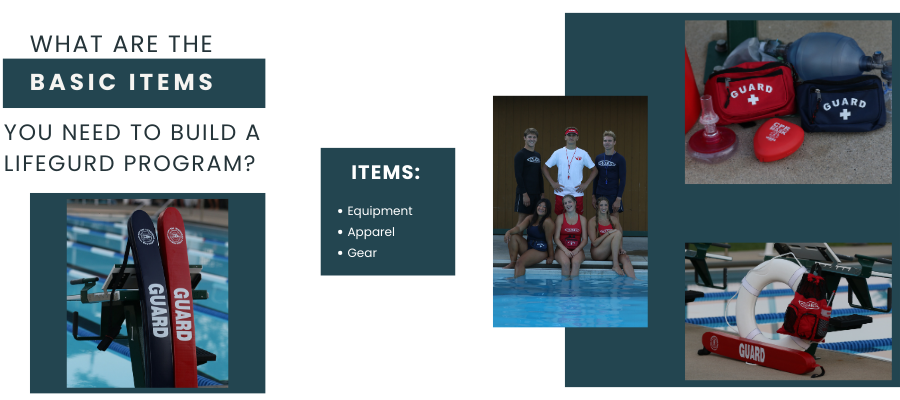
Leave a Comment
Your email address will not be published. Required fields are marked *